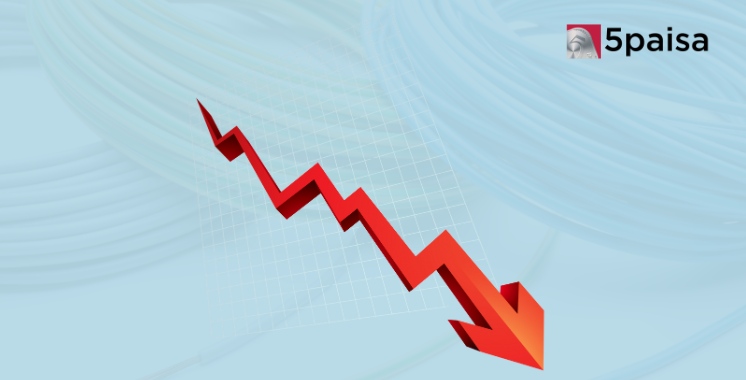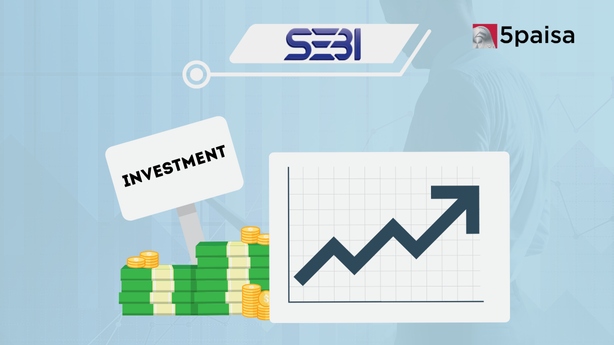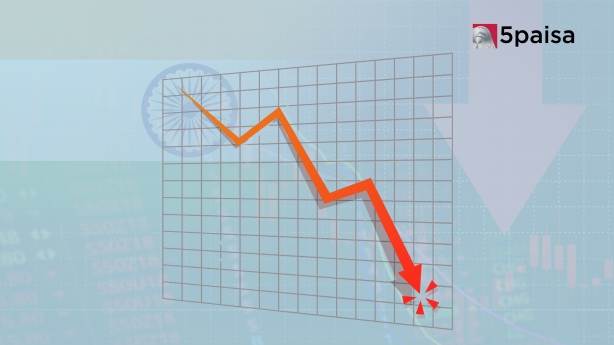Cable and Wire Stocks Decline for Second Session Amid Aditya Birla Group's Market Entry
World Bank ups India’s growth target for FY23

It is a strange irony in the world of macroeconomic projections. At a time when the RBI has been slightly downsizing its GDP growth projections for the full year FY23, the World Bank has raised its gross domestic product (GDP) growth forecast for India in for FY23 by 40 bps from 6.50% to 6.90%. Incidentally, in its latest monetary policy announced on 07-December, the RBI has cut the growth forecast by 20 bps to 6.8% from 7.0%. However, scratch the surface and both World Bank and the RBI are talking about a GDP growth that could be around 6.8% on a conservative level and a tad above 7.1% on a slightly more optimistic level. What have been the triggers for the change of heart at World Bank.
World Bank has pointed, among other things, to the Indian economy's relative resilience to external headwinds. Amidst virtual macro chaos across the world and most economies on the throes of recession, India appears to have been resilient if not decoupled from the global problems. At the same time, World Bank has also pointed to the strong upturn exhibited by the Indian economy in the July-September quarter. That was evident in ample measure in the GDP growth numbers, which grew at 6.3% in the second quarter against an earlier estimate that pegged the growth at a best case scenario of around 5.8% to 6.0%, which had been the consensus on the street about India’s Q2FY23 growth rate.
It was only in the month of October that the World Bank had cut India’s FY23 GDP forecast by a full 100 basis points to 6.5% from an earlier estimate of 7.5%. In the words of Mr. Auguste Kouame, the India country director at World Bank, the Indian economy had been remarkably resilient amidst the deteriorating external environment. He also pointed to the strong macroeconomic fundamentals of India in terms of the quality of GDP, the ability to control inflation etc. it needs to reiteration that the reason for India’s relative insulation from global headwinds is the relatively subdued exposure to international trade flows. He also pointed that India's external position had improved considerably in last 10 years.
The World Bank also highlighted the role of very prudent regulatory measures and policy reforms in making this level of macro maturity possible in the Indian context. This combination had made the Indian economy a lot more resilient. The latest quarter shows that India’s manufacturing output had shrunk by over 4.3% but this was made by robust agriculture and a strong services performance. In short, the Indian economy had managed to spread its bets across multiple triggers and hence the overdependence on any one aspect of growth is very limited today. That is standing India in good stead.
In a sense, the World Bank has also highlighted the fact that India’s management of the COVID situation and its economic consequences has been quite exemplary and that was one of the reasons it has managed to bounce back rapidly. The Indian economy is also poised to capitalize on the bounce in the economy with consumption and capital spending fairly robust at this juncture.
- Flat ₹20 Brokerage
- Next-gen Trading
- Advance Charting
- Actionable Ideas
Trending on 5paisa
01
 5paisa Research Team
5paisa Research Team
02
 5paisa Research Team
5paisa Research Team
03
 5paisa Research Team
5paisa Research Team
Indian Market Related Articles
Disclaimer: Investment in securities market are subject to market risks, read all the related documents carefully before investing. For detailed disclaimer please Click here.




